Blonde Snake Siskin (Echium vulgare) 2g, ~650 seeds
875 Ft
Bladderwort(Echium vulgare) would be one of the top 3 pollinator attracting plants on our list. It is a member of the borage family and, like its relatives, the bluebell snakeweed attracts a lot of pollinators, especially bumblebees. The flowers open in a reddish hue, turning purple through to blue. In English, it is called Viper's Bugloss, named because the flowers resemble the head of an outstretched tongue of a snake when viewed close up, hence its use in the Middle Ages to cure snakebite (unsuccessfully). One of our most neglected wildflowers.
Features:
- other names: alcubisi grass, small celandine, blush root, blush root, teryclamen
- Latin name: Echium vulgare
- family: boraginaceae
- life cycle: biennial
- flowering period: may-september
- size: 40-60 cm
- soil: dry, average
- growing area: sunny
- other: do not eat, poisonous to horses
- seeds origin: Hungary
- pollination factor: 10/10!
1 packet contains 2g, about 650 seeds.
For betting suggestions and more details, scroll down.
Sold out
Description
Bladderwort(Echium vulgare) would be one of the top 3 pollinator attracting plants on our list. It is a member of the borage family and, like its relatives, the bluebell snakeweed attracts a lot of pollinators, especially bumblebees. The flowers open in a reddish hue, turning purple through to blue. In English, it is called Viper's Bugloss, named because the flowers resemble the head of an outstretched tongue of a snake when viewed close up, hence its use in the Middle Ages to cure snakebite (unsuccessfully). One of our most neglected wildflowers.
Features:
- other names: alcubisi grass, small celandine, blush root, blush root, teryclamen
- Latin name: Echium vulgare
- family: boraginaceae
- life cycle: biennial
- flowering period: may-september
- size: 40-60 cm
- soil: dry, average
- growing area: sunny
- other: do not eat, poisonous to horses
- seeds origin: Hungary
- pollination factor: 10/10!
Recommended application rate: 1-2g/m²
Sow the seeds in spring, autumn or even winter in a prepared plot or pot. You can also sow the seeds directly in their permanent location or grow seedlings to increase the germination rate. Cover the seeds very thinly with soil. Sprinkle them with water. Keep the soil moist for the first 1-2 weeks. Biennial flower by spring sowing, flowering only the following year, growing only green the first year. In autumn, it flowers the following year, likes the cold and is suitable for winter sowing. Enjoy the view!
The teriyaki snake-grass occurs in the following seed mixtures:
Bee no?
More information
| Mass | 5 g |
|---|---|
| Lifecycle | |
| Species | |
| Demand for light | |
| Dispensing | |
| Special feature | ornamental plant, for beginners, pollinating factor 10/10, Zita's favourite |
| Height | |
| Quantity | |
| Ancestry | |
| Colour | |
| Talaj | |
| Flowering month | long flowering, May, June, July, August, August, September, October |
| Water demand |
Only users who are logged in and have already purchased the product can write a review.
Related products
-
-
Add to basket
- Add to wishlistAdd to wishlist
Add to wishlistAdd to wishlist -
Add to basket
-
-
Add to basket
- Add to wishlistAdd to wishlist
Add to wishlistAdd to wishlist -
Add to basket
-
-
Add to basket
- Add to wishlistAdd to wishlist
Add to wishlistAdd to wishlist -
Add to basket
-
-
Add to basket
- Add to wishlistAdd to wishlist
Add to wishlistAdd to wishlist -
Add to basket
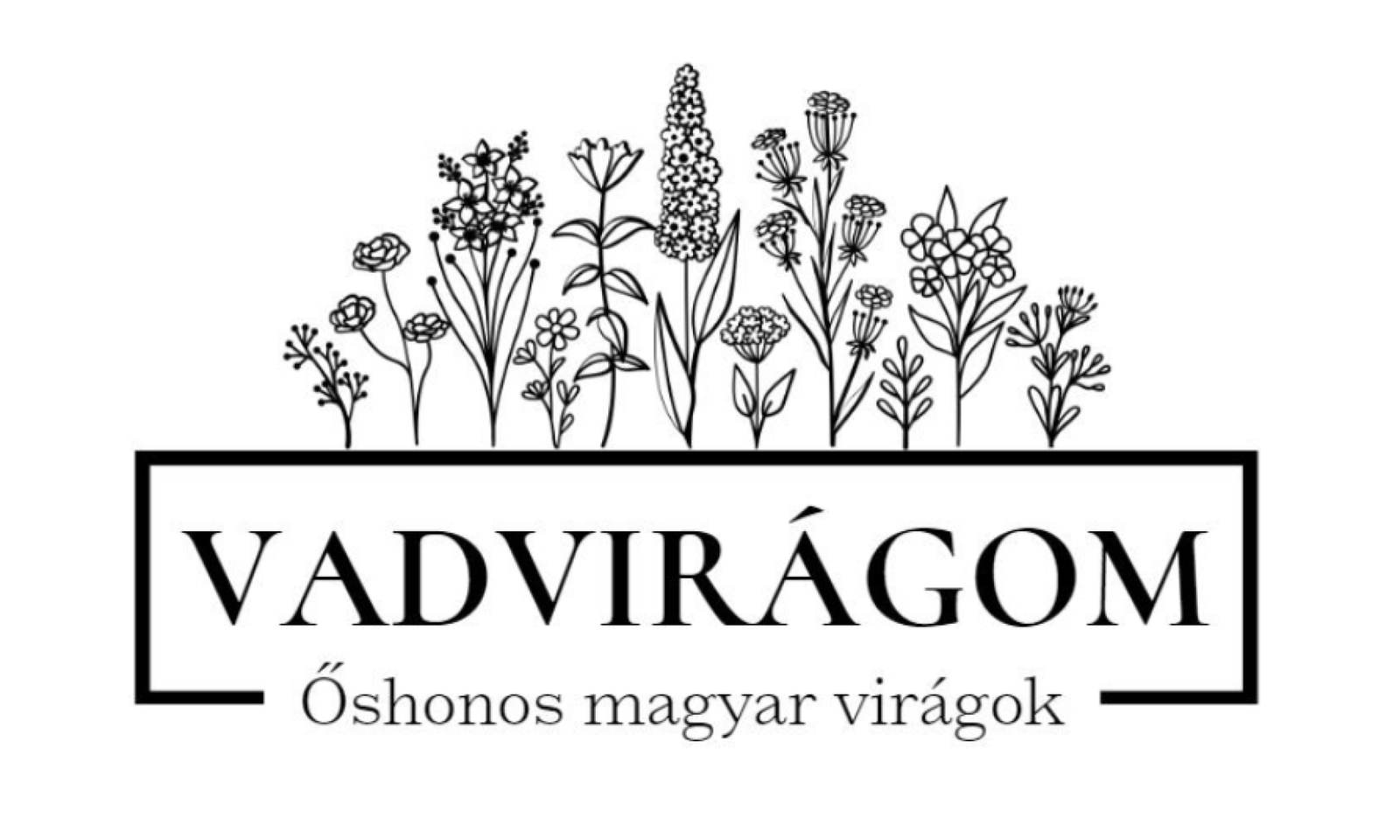

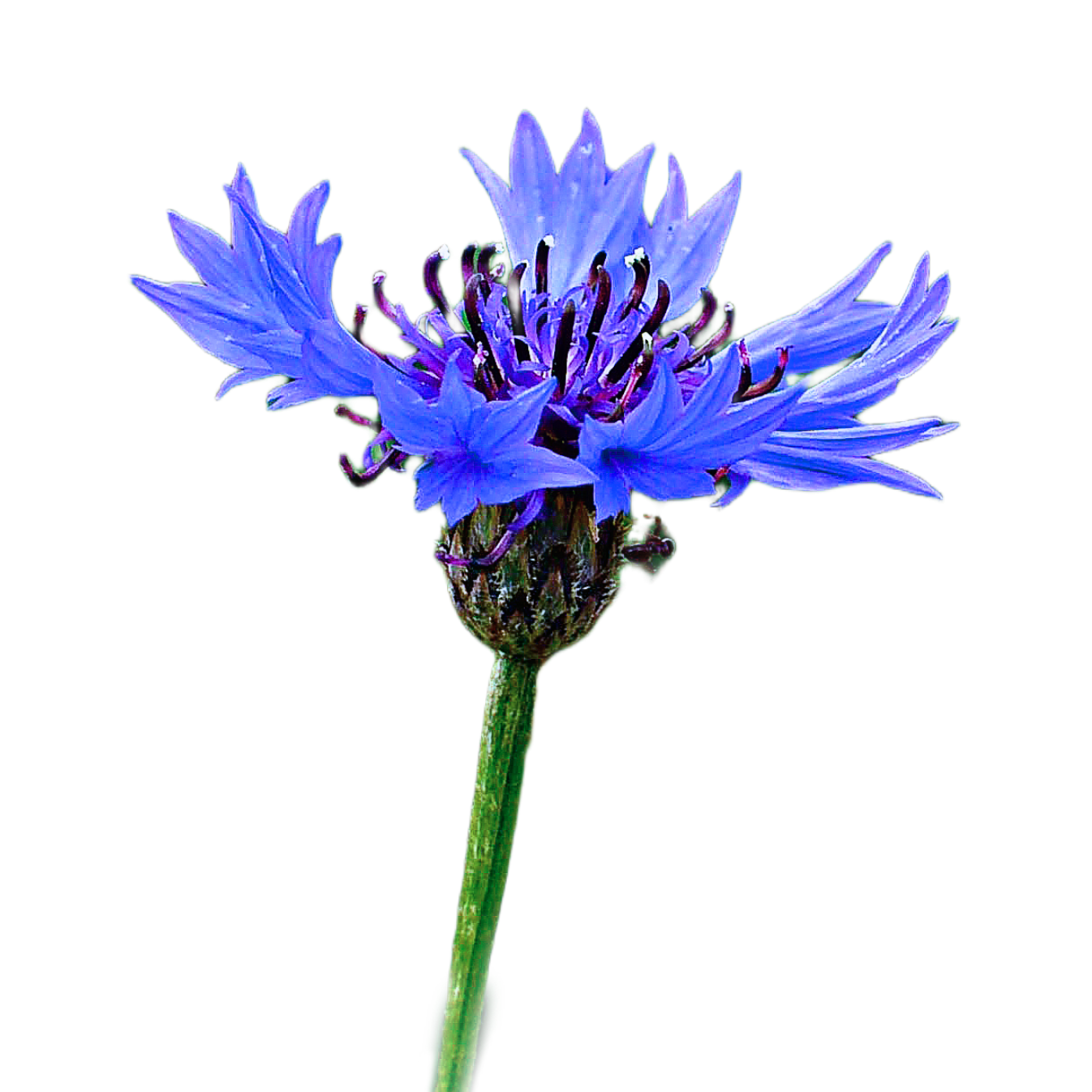
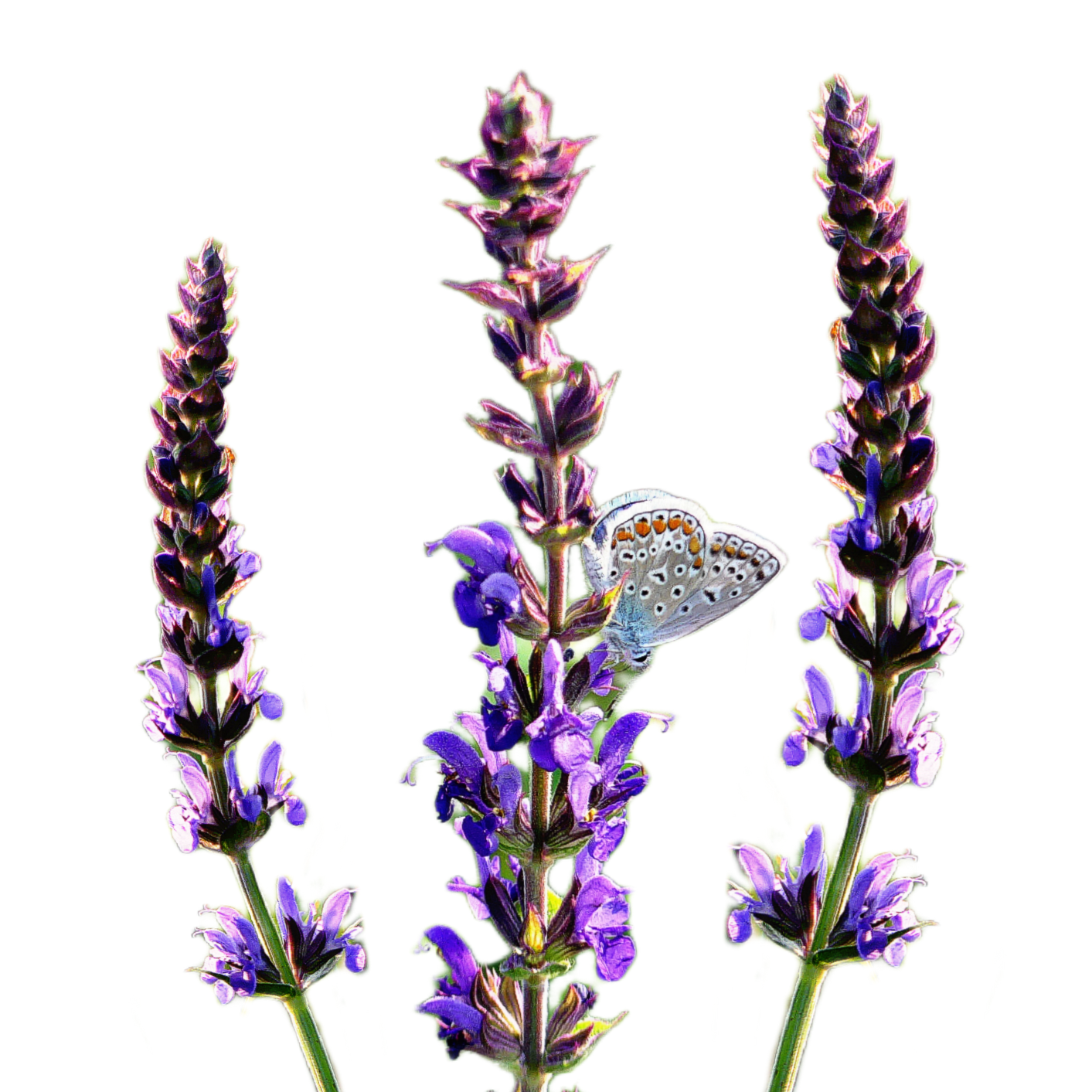




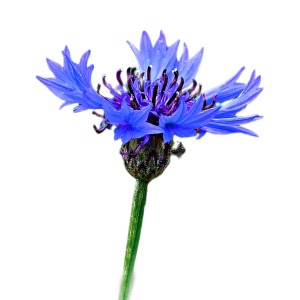
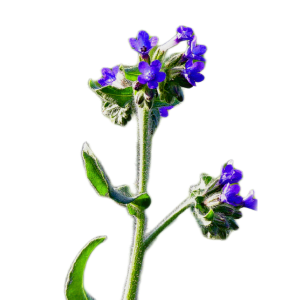
Reviews
No reviews yet.